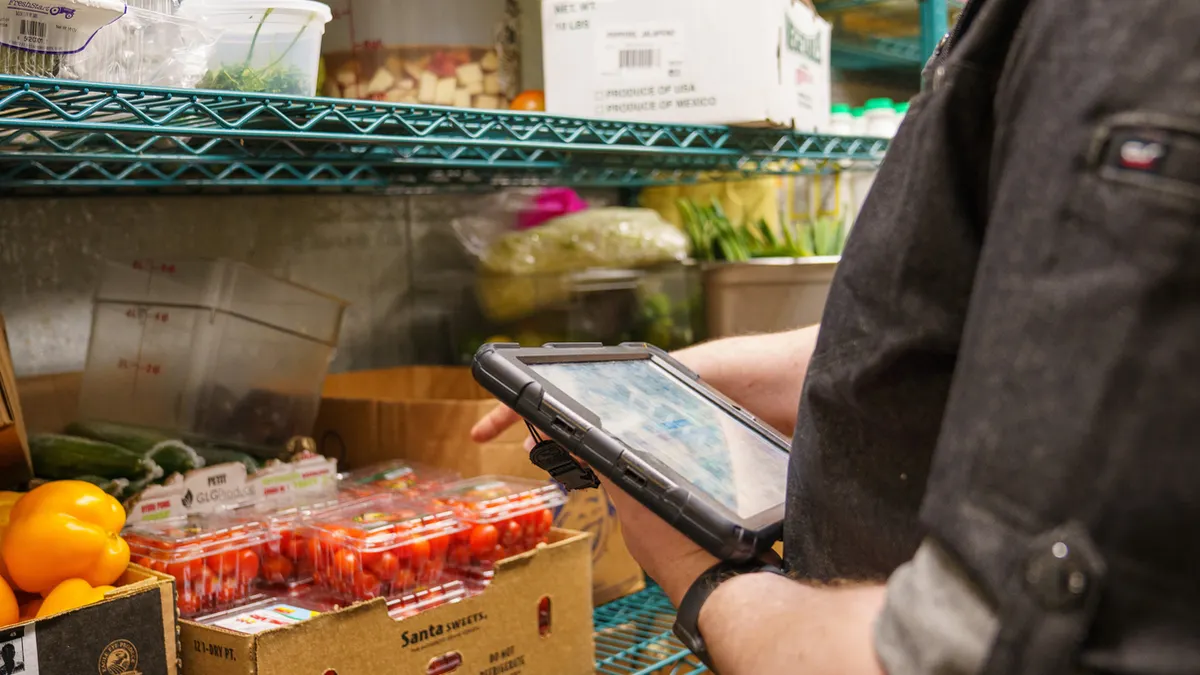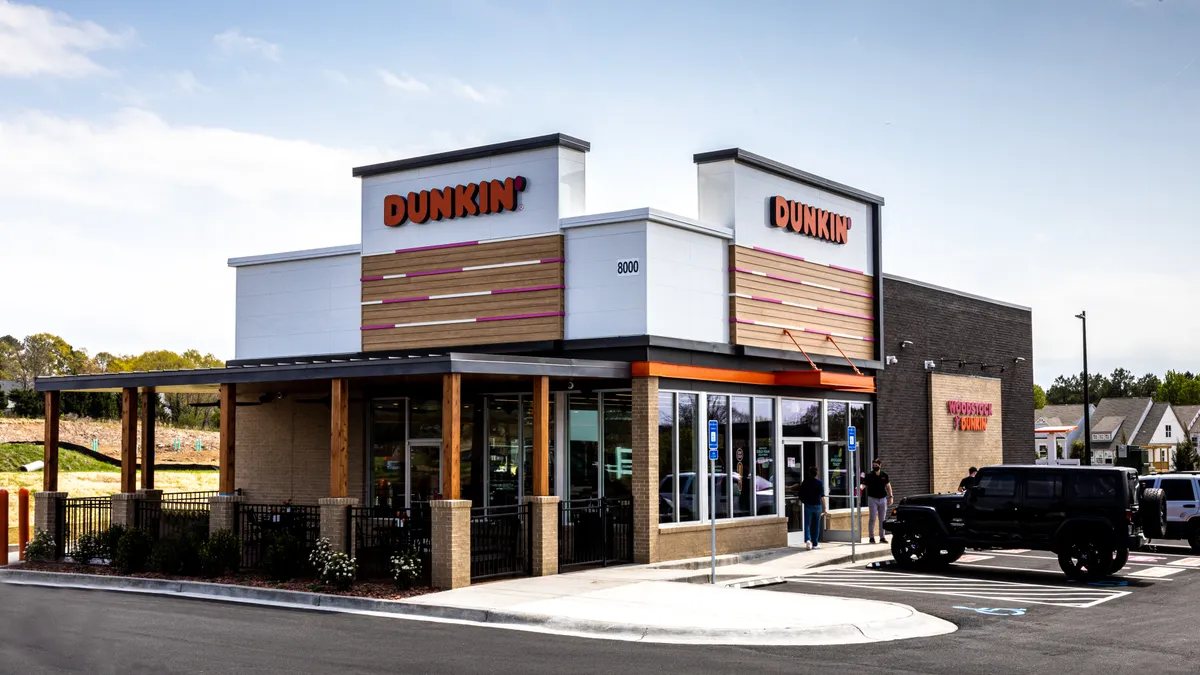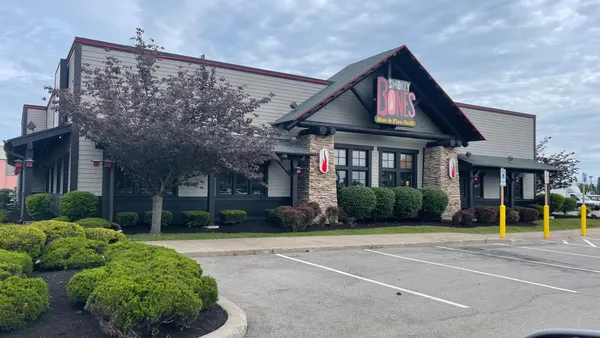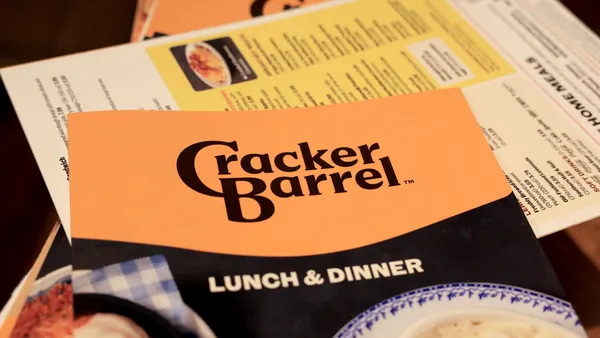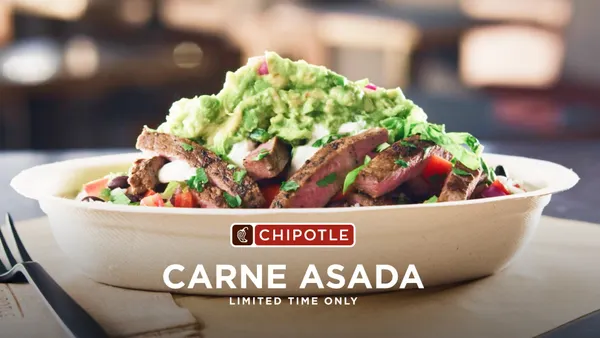Running a profitable restaurant means keeping food costs in check, but let's be real, who has time for long, 2 a.m.on a Sunday inventory counts? If you're drowning in spreadsheets and dreading monthly stock takes, there's an easier way to still get the info you need.
Here's the thing: you don't need to count everything to make a real impact on your bottom line. With just 5-10 minutes of smart counting, you can tackle rising food costs and prevent those painful over-ordering mistakes that eat into your profits.
The simple five-item inventory hack
Forget about counting every single item in your kitchen. Instead, focus on what actually moves the needle: your five highest-cost products.
Step 1: Identify your top five money-makers (or money-drainers)
If you're already tracking COGS with a restaurant management system or spreadsheet, finding these items is a breeze. Starting from scratch? Look at your proteins first—they're usually the biggest expense.
Take a sushi restaurant, for example. Your heavy hitters are probably salmon, tuna, crab and maybe eel. Don't forget about those trendy additions either—avocados (thanks, millennials!) and fish roe can seriously impact your costs.
Skip the rice and other stable-priced items for this hack. Focus on perishables that fluctuate in price and spoil quickly. You'll find most of these in your walk-in cooler anyway, making your counting route nice and efficient.
No tracking system yet? Spend a week or two jotting down your protein orders and prices using recent invoices. The patterns will become clear fast.
Step 2: Count smart, not hard
Here's where the magic happens. Every time you place an order for those five key items, do a quick on-hand count first. Use your phone's notes app, grab a clipboard or scribble on an old ticket (if expo tickets don't give you PTSD).
The beauty of counting before ordering? You practically eliminate over-ordering and under-ordering disasters. Both mistakes add up quickly and can torpedo your food costs.
If you know your pars, it's simple math: pars minus on-hand equals order quantity. Don't have set pars? No problem. This quick count still helps you fine-tune those gut instinct orders and make smarter decisions.
Step 3: Level up with restaurant management software
Manual spreadsheet updates getting old? An RMS can automate this entire process for you. Look for one that creates custom count sheets organized by shelf location instead of alphabetically—because nobody wants to ping-pong across the kitchen while counting.
The right system will also handle automated invoice processing, showing you those top five items with current pricing. You'll get a complete picture of what over-ordering actually costs without spending hours manually entering data.
Mobile inventory features are game-changers, too. Your smartphone is already attached to your hip - might as well use it to bang out quick counts instead of fumbling with clipboards and printer paper.
Hack your liquor inventory with smart scales
Your bar rail represents serious money, and liquor shrinkage can kill profits faster than you think. Here's how to get surgical precision on your spirits without the headache.
The smart scale solution
Invest in a smart scale that connects to inventory software. These scales can weigh bottles to the milliliter and instantly calculate remaining liquid because they already know the bottle's weight when you scan its barcode. Set up your rail scanning routine and watch the magic happen.
Nightly rail scanning protocol
Make this part of your closing routine. Have your bartender or manager quickly weigh each rail bottle before locking up. The whole process takes only a few minutes and gives you laser-focused insights into your liquor costs.
When integrated with your inventory software, the smart scale helps automatically calculate consumption, track pour costs and flag any unusual variances. A bottle that should have 12 ounces left according to your sales, but only has eight? You'll know immediately.
The data helps you spot over-pouring, theft, or waste issues in real-time instead of discovering them weeks later during a full inventory.
The bottom line
Nobody got into restaurants to count inventory all day. Whether you go manual or invest in an RMS, tracking your key items with these hacks delivers maximum impact where it matters most—your margins.
Start with the five-item food hack this week. Once you see the results, consider adding the smart scale system for your liquor program. Your accountant (and your stress levels) will thank you.
Remember: successful inventory management isn't about counting everything. It's about counting the right things consistently.

